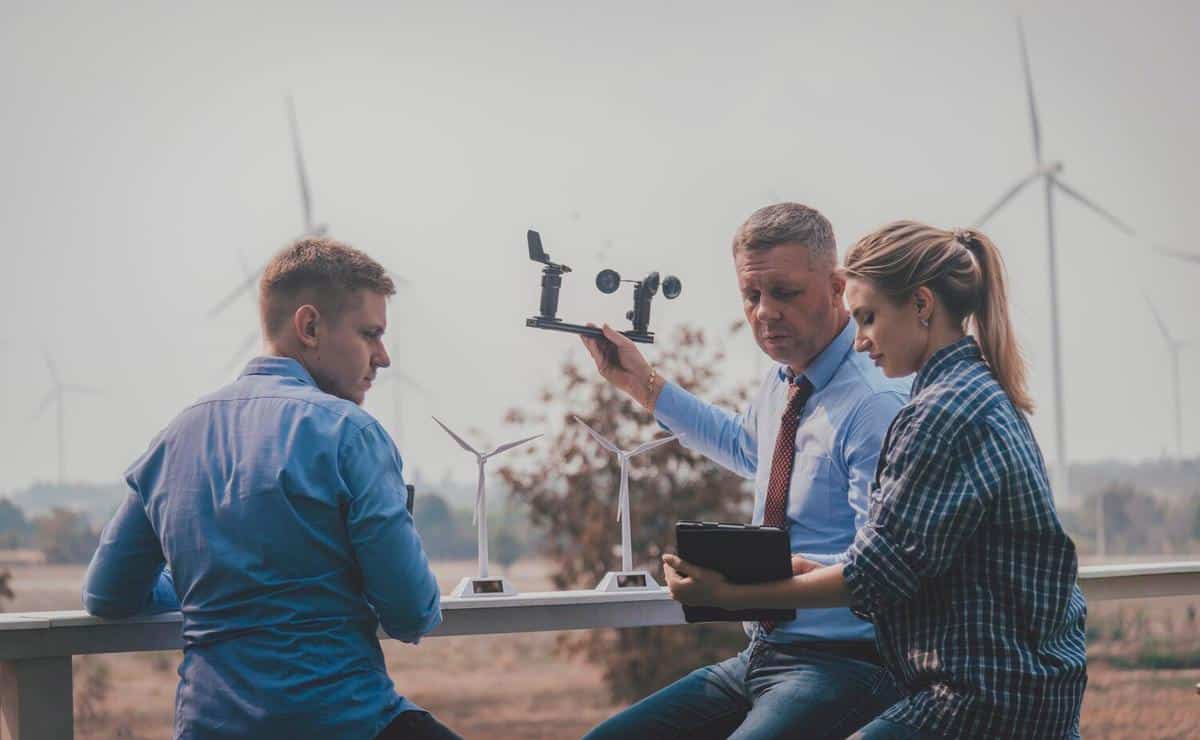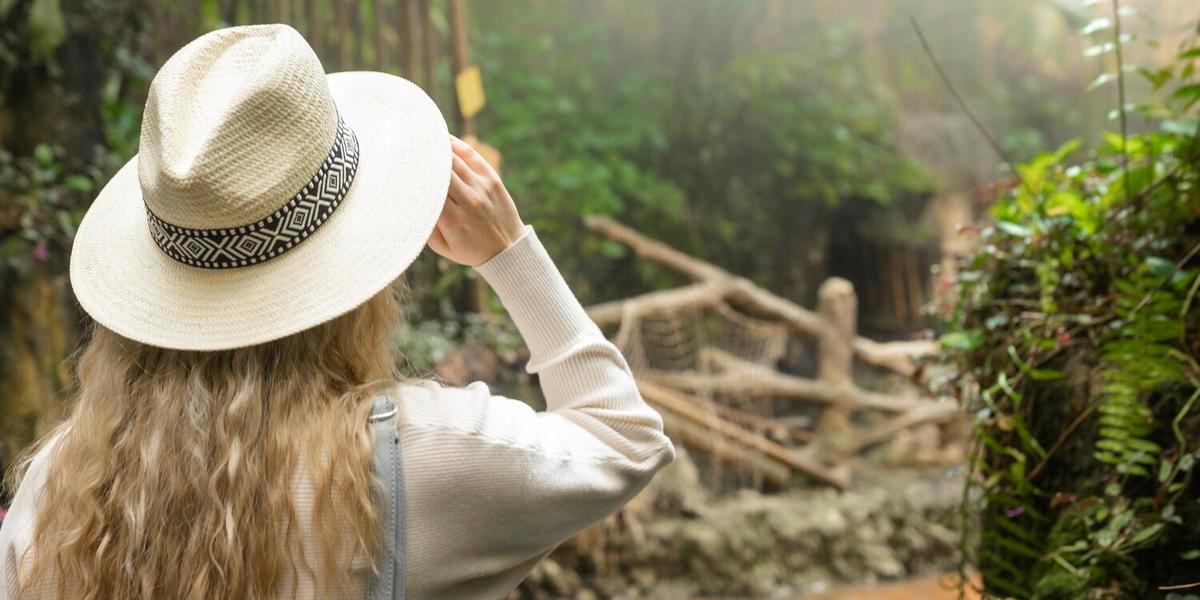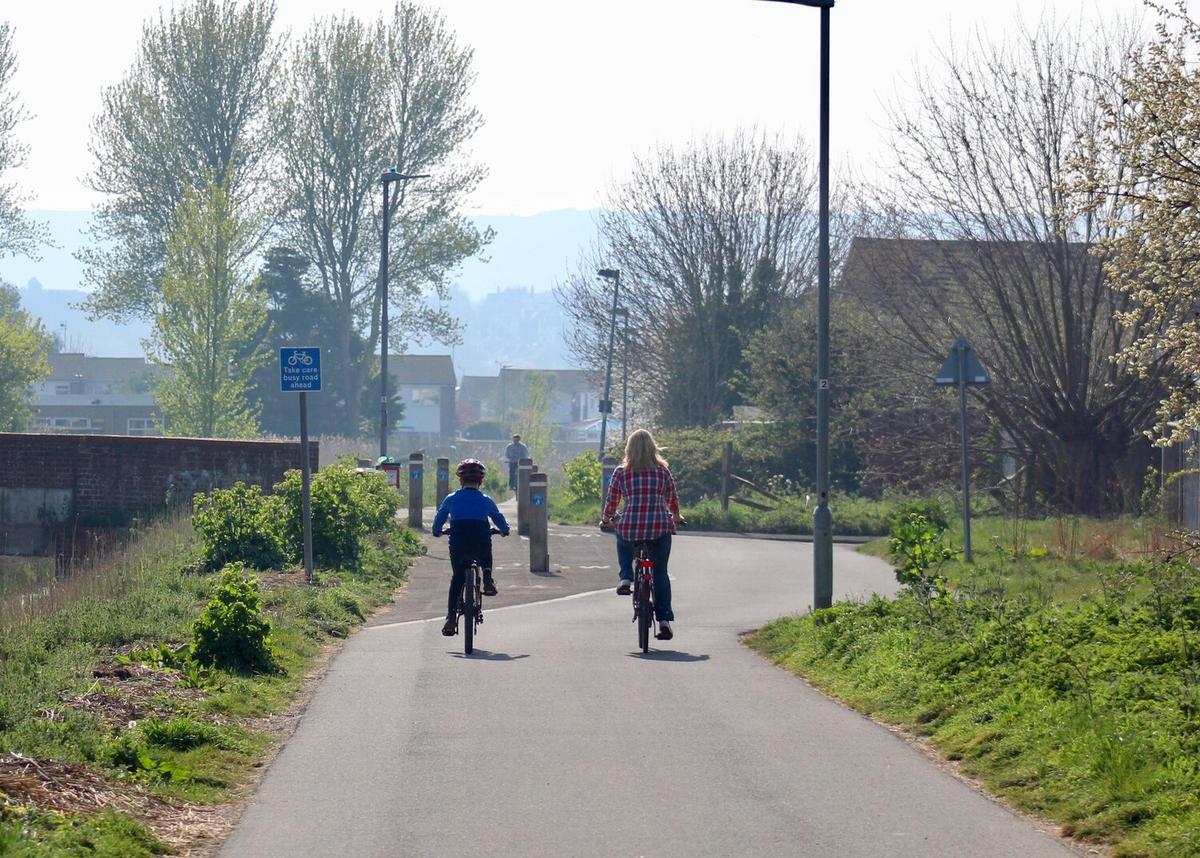
Balancing Renewable Energy and Wildlife Conservation
Balancing the urgent need for renewable energy with the imperative of wildlife conservation is a challenge that requires innovation, cooperation, and thoughtful planning.
Renewable energy sources, such as solar and wind power, are essential for reducing our dependence on fossil fuels and mitigating climate change. However, the development of these technologies must consider their impact on wildlife and ecosystems. Striking a balance is crucial to ensuring that we do not inadvertently harm the very environments we aim to protect.
Understanding the Impact
The deployment of renewable energy infrastructure can disrupt wildlife habitats. For instance, wind turbines have been known to pose risks to birds and bats. According to a study by the U.S. Fish and Wildlife Service, nearly 500,000 bird deaths annually can be attributed to wind turbines. Similarly, large solar farms may lead to habitat loss for certain species.
Expert Insights
Dr. Michael Hutchins, a renowned conservationist, emphasizes the importance of location in renewable energy projects. He states, “Careful site selection is key to minimizing the impact on wildlife. Projects should avoid critical habitats and migration corridors.” This insight is echoed in guidelines provided by conservation organizations, which advocate for comprehensive environmental assessments before project approval.
Strategies for Balance
- Site Selection: Prioritize areas with minimal ecological disruption.
- Technology Advancements: Use bird-friendly turbine designs and wildlife-friendly solar panels.
- Monitoring and Research: Implement ongoing monitoring to assess and mitigate impacts.
Case Study: Successful Integration
In a notable example, a solar energy project in California incorporated wildlife corridors to allow for the safe passage of animals. This approach not only preserved local biodiversity but also enhanced the project’s sustainability credentials.
Table: Renewable Energy Impact on Wildlife
| Energy Type | Potential Impact | Mitigation Strategy |
|---|---|---|
| Wind | Bird and bat mortality | Bird-friendly turbine designs |
| Solar | Habitat loss | Wildlife corridors |
| Hydro | Aquatic ecosystem disruption | Fish ladders |
| Geothermal | Land surface disturbance | Minimal land footprint |
| Biomass | Air quality issues | Clean combustion technologies |
| Wave | Marine life interference | Eco-friendly designs |
| Tidal | Coastal habitat alteration | Careful site selection |
| Hydrogen | Water resource use | Efficient water management |
FAQs
How can renewable energy projects minimize their impact on wildlife?
Projects can minimize impact by selecting sites that avoid critical habitats and using technology designed to reduce harm to wildlife.
Why is wildlife conservation important in renewable energy development?
Conserving wildlife ensures biodiversity is maintained, which is critical for ecosystem health and resilience.
Conclusion
Balancing renewable energy development with wildlife conservation is not just possible, but necessary for a sustainable future. By prioritizing innovative solutions and collaborative efforts, we can ensure that our energy needs do not compromise the planet’s ecological integrity. Readers are encouraged to advocate for environmentally responsible energy solutions and support policies that protect both our planet and its inhabitants.


